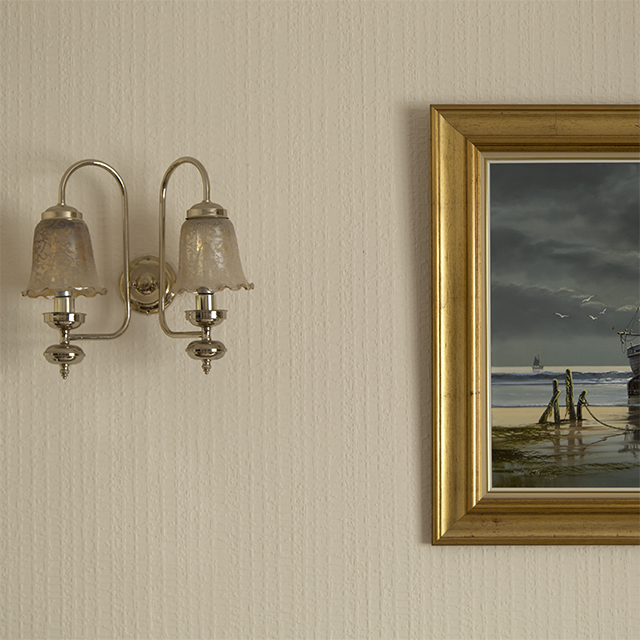Mr. Oswald (Ossie) Fernando was one of the pioneers of transplant surgery in the UK.
Early dialysis machines
Mr. Ossie Fernando
Mr. Oswald Fernando
The early dialysis machines were very crude. They were manufactured in fact, historically, I think they were made not in this country first, but in the States and in Europe. But they were very crude machines, and the patients who were connected to the dialysis machines had to be on dialysis for 12 hours at a time. So there was a day-time shift and a night-time shift. They came in quite sick, they did the dialysis, and they were so tired because there was a lot of blood exchange that was going on. And gradually the process of dialysis and the dialysers, as we called them, which allowed the exchange of the impurities in the blood, for the kidney to take them out, got better and better. And the development of what they call the hollow fibre dialysers allowed for more efficient dialysis.
And then of course we had to get access to the bloodstream, and at the beginning we had things called Scribner Shunts – cannulae that were inserted into the big blood vessels - and the patients went around with these devices on their arms or on their legs. Eventually they developed what was called the arteriovenous fistula, which patients have nowadays, which allow you to join an artery and a vein together. And these allow you to dialyse the patient – just put the needles in, get access. And the other thing, of course, is they have temporary lines – new catheters that can be inserted into a blood vessel in the neck, and patients dialyse through those. There is of course peritoneal dialysis, which allows fluid to go into the abdomen, the peritoneal cavity, and the fluid absorbs, by a process of osmosis, all the impurities, and the fluid is washed out. A lot of patients can do this procedure at home, they don’t need to go near a hospital at all, they train themselves to do that, that is a new form of dialysis.
That’s once dialysis became a regular phenomenon. But the unfortunate thing was there was a limited number of machines, and 12 hour shifts, between the machines being used, there were crude pumps that pumped the blood and a patient had to die or have a successful transplant before another patient could get on the programme. So that was self-limiting. Now of course there are enough machines, satellite centres, which allows an almost unlimited number of patients to be taken on for dialysis.
And then of course we had to get access to the bloodstream, and at the beginning we had things called Scribner Shunts – cannulae that were inserted into the big blood vessels - and the patients went around with these devices on their arms or on their legs. Eventually they developed what was called the arteriovenous fistula, which patients have nowadays, which allow you to join an artery and a vein together. And these allow you to dialyse the patient – just put the needles in, get access. And the other thing, of course, is they have temporary lines – new catheters that can be inserted into a blood vessel in the neck, and patients dialyse through those. There is of course peritoneal dialysis, which allows fluid to go into the abdomen, the peritoneal cavity, and the fluid absorbs, by a process of osmosis, all the impurities, and the fluid is washed out. A lot of patients can do this procedure at home, they don’t need to go near a hospital at all, they train themselves to do that, that is a new form of dialysis.
That’s once dialysis became a regular phenomenon. But the unfortunate thing was there was a limited number of machines, and 12 hour shifts, between the machines being used, there were crude pumps that pumped the blood and a patient had to die or have a successful transplant before another patient could get on the programme. So that was self-limiting. Now of course there are enough machines, satellite centres, which allows an almost unlimited number of patients to be taken on for dialysis.
